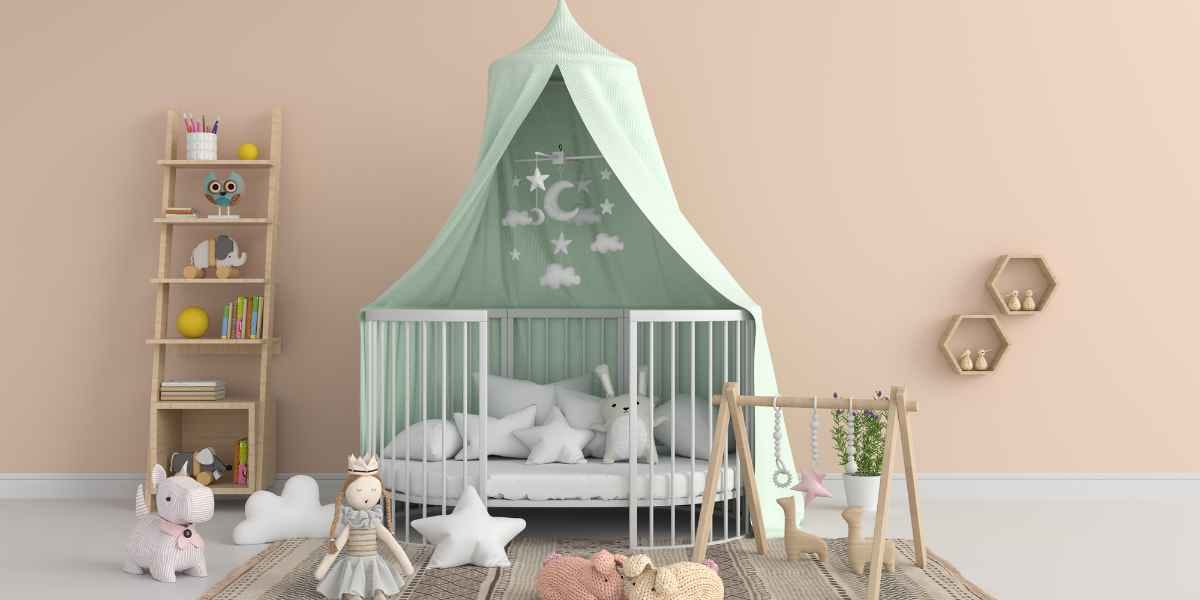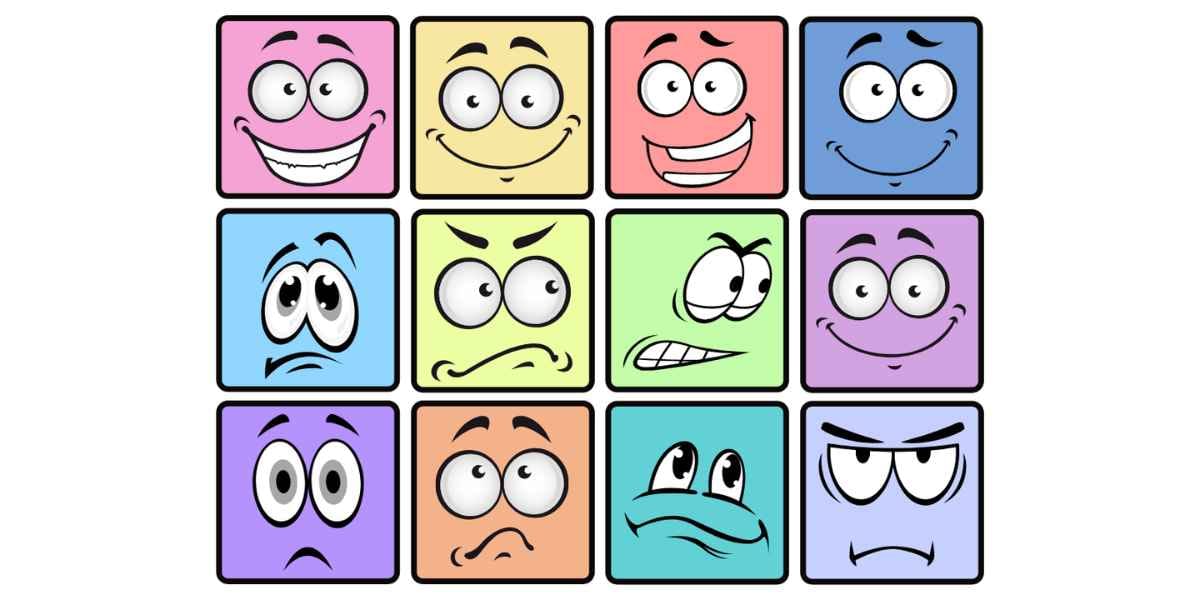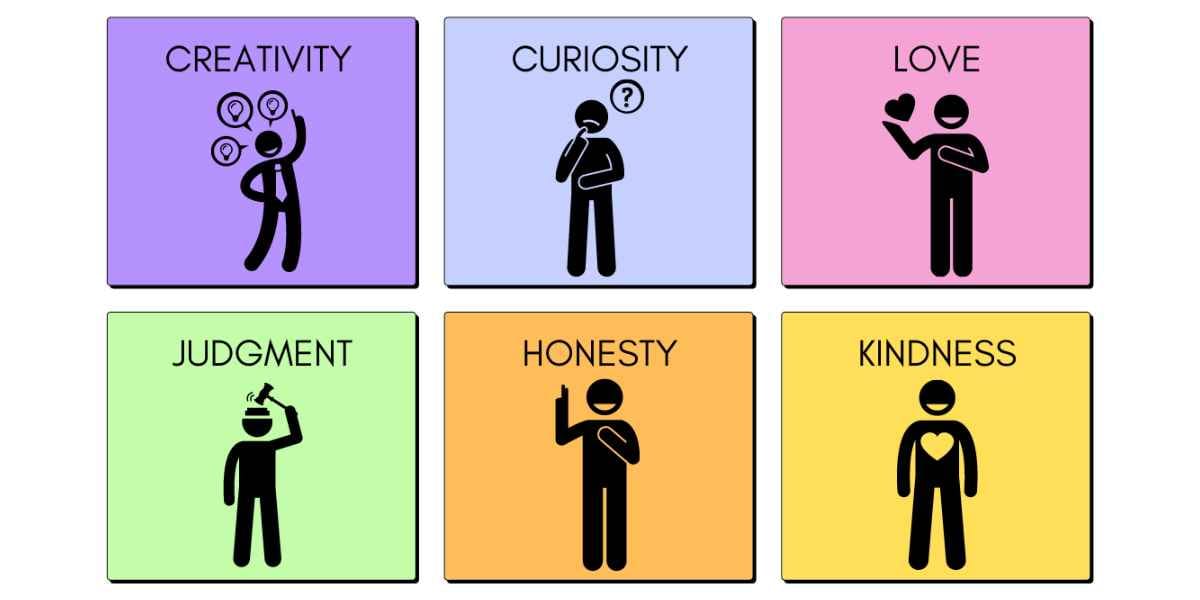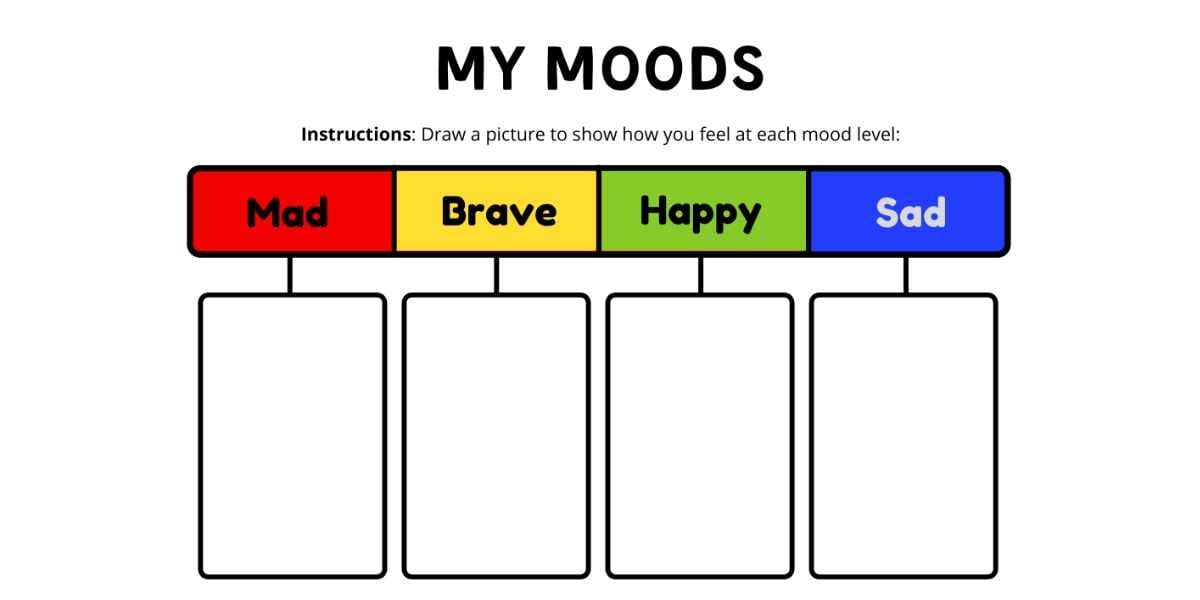Kid's Bedroom Colours: Effects on Children's Behaviour
Experts suggest a child flourishes in a healthy environment that does not restrict their imagination. Here is how Bedroom colours can change children's behaviour.

Bedroom color combinations may feel right for the eyes but in fact, they can influence you in a lot of different ways. Children have a very sensitive cognitive thought process wherein they can be molded into different emotions very easily. During the period of innocence, adolescents have a high rate of creating identities. Colour Psychology is a term used for the study of behavior caused by colors. In our previous blog ‘Calming colours of a bedroom’, we have mentioned what colours are best to soothe your minds. In this article, we will discuss how colours affect behaviour in ‘Children’ and what are the best color combinations for kids rooms.
How do Children perceive colours?

Children have color-absorbent mechanisms:
Each child has their own personality, some are calm, some are physically enthusiastic and some are introverted in themselves. Colors play a two-fold role in contributing to a child’s mind. The color red encourages activeness and a child with active behavior can have academic difficulties if they are surrounded by it throughout their day.
- Colors create filters for Objects: Most often children associate colors with objects. For them, red might stand for apple, orange for orange, and green for grapes. Growing up they also start relating colors with emotions such as red might stand for danger or happiness, pink might stand for calmness or sadness, and so on. Like human beings, children also have a psychological and physiological understanding of the environment. Recent studies indicate that colors play a huge role for kids between the age of 3-10, as it helps them to communicate with the environment.
- Colors induce moods: Children have a series of moods in a day and a bedroom is a place they interact with the most. Unlike parents and adults, children spend their time in a bedroom to play, sleep, create imaginary friends, study, and whatnot. Colors in a space like this play a major role to calm them down or inducing enthusiasm. But it is rather harmful if used without thinking through it. For example, a child might be angry, and seeing a bright red color space, can negatively affect the mood and make him more aggressive which in turn affects the creative and intellectual instincts both.

Children are very sensitive to what they visualize in terms of colors and in terms of objects and shapes. These visual elements create a behavioral path to learning and living with other human beings. Environmental factors that are, light, colors, shapes, objects, and other species become a natural part of their cognitive processing which in turn categorizes their various aspects of personality like problem-solving ability, communication skills, active learning quality, and thought processing ability. An aesthetically soothing bedroom involving a multi-color palette with expectations of imprinting positivity can be negative for children instead.

According to recent studies, children who live in a plain color or a monochromic environment do not show enthusiasm or energy as compared to children who live in an environment with a multi-color palette. A bedroom has more importance than we think it has. A child grows into an adult when they communicate with the environment naturally.
Best colour for your kid's bedroom

- Red: Red is the most dominant color among all the other colors with strong stimuli. Red can be highly aggravating as it encourages active behavior that often results in restlessness. A child becomes too aggressive when surrounded by a bold red. Adding a hushed red or a scarlet red color with a touch of pink on the other hand can maintain a child’s sensitive nature.
- Yellow: Yellow is a color that induces joy and can be very spiritual. In fact, involving a yellow tone in the room encourages child’s creativity as they connect yellow with warmth and joy. Although it is a bright color like red it does not affect negatively a child’s being.
- Blue: Blue induces contentment and calmness. Although if used with black it can induce a depressive and melancholic vibe in the room. As blue is referred to as the color of the sky and ocean, kids obtain openness to exploring new ideas as it refreshes their learning capability every time they look around. A blue bedroom for kids is highly recommended.
- Green: Green stands for energy and a healthy environment. Involving green color in kid’s bedroom can be meditative for the kids which keep them mentally healthy all the time. Pastel greens on the other hand can be considered as gloomy for kids as they do not respond to the colour very well. When green is used with undertones of yellow it soothes a child’s mind and thus helps a kid to feel safe and comfortable. Green is highly recommended with shades of yellow to reduce a kid’s hyperactive moods.
- Orange: Orange strengthens a child’s mind with warmth and composure. Orange is a mix of yellow and red that give vibes of energy and a calm mind. A room with orange elements and walls can be very encouraging for the socially introverted child. Orange boosts a child’s mind to interact socially and can encourage to boost their physical confidence as well. Orange can be a good combination for a room with shades of red and yellow. It can be a mind blocker if combined with bright white and yellow.
- Purple & Pink: Purple brings serenity and solitude to a child’s mind that ponders their highly creative thoughts. Purple and pink rooms are usually preferred by girls and are highly recommended for the calm pressures they create. Pink and purple with different shades have different effects on children. And so purple can be beneficial for hyperactive kids to calm them down.
Deciding on a room paint is very difficult and catering to the needs of your child's personality is another level of difficulty. It is better recommended to talk to experts before you go on for interior paints for your kid so that it does not affect their health negatively.

HomeTriangle provides experienced professionals and would be the best option in your city to contact too!
Comment in the section below which color would suit your child the most!




Comments ()